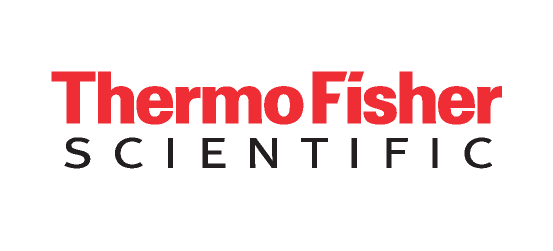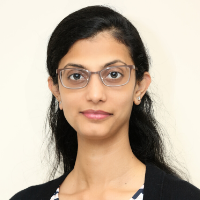Accelerating advancement in gene therapy by improving downstream purification of viral vectors

Significant advances have been made in the area of gene therapy where the adeno associated virus (AAV) sub-classes have emerged as the vector of choice for many of these therapies due to improved safety and efficacy. While the majority of AAV-based gene therapies are still in early and mid-phase, large scale manufacturing platform technologies including downstream purification are a challenge the field faces to meet market demands.
Traditional purification methods for viral vector manufacturing usually involve multiple steps of chromatography, such as ion exchange and hydrophobic interaction, which leads to cumulative yield loss and ultimately increased cost. Density ultra-centrifugation can also be utilized, however the complexity of scale up significantly limits the use of this method downstream. Recent advancements in AAV affinity chromatography have significantly improved the process for a number of AAV serotypes, but a major hurdle still, was the lack of an industrialized platform to consistently purify AAV vectors at large scale. With the development of the pan-tropic AAV affinity resin, POROS™ CaptureSelect™ AAVX, this need got fulfilled.
During this presentation we outline the benefits of implementing affinity chromatography as a platform in the downstream purification of viral vectors, using the CaptureSelect™ technology as the basis of generating high-binding affinity ligands. The data presented will reveal the benefits of affinity chromatography related to specificity, capacity, process yields as well as process scalability and flexibility for the purification of a broad range of AAV serotypes. The utilization of these resins has demonstrated to be a significant improvement to the downstream process of AAV viral vectors, by reducing the number of purification steps and maximizing productivity, offering scalability and process consistency.
- Discover the benefits of affinity chromatography in viral vector purification.
- Find out how the POROS™ CaptureSelect™ AAV resins help increase process design flexibility and throughput of your AAV purification process.
- Learn more on the performance characteristics of a true pan-tropic AAV affinity resin; POROS™ CaptureSelect™ AAVX.
- Find out how Thermo Fisher Scientific can be your trusted outsourcing partner in viral vector manufacturing.
[#speakersPlaceHolder]
You might also like
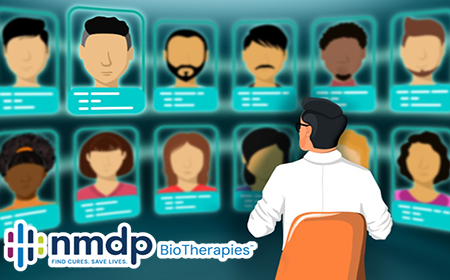
Achieving cost effective, scalable high-titer AAV production

Hit the lentiviral characterization jackpot with accurate RNA detection
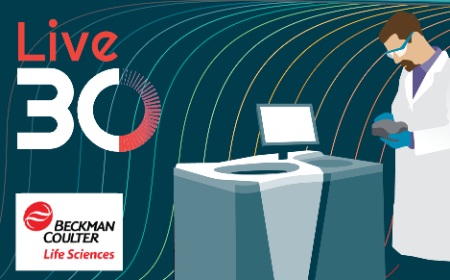
Mastering allogeneic NK cell therapies: flexibility, robustness, and speed to clinic
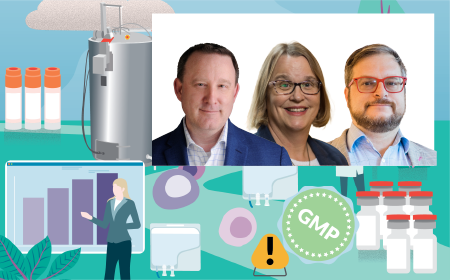
Biological & operational considerations for iPSC-derived cell production

